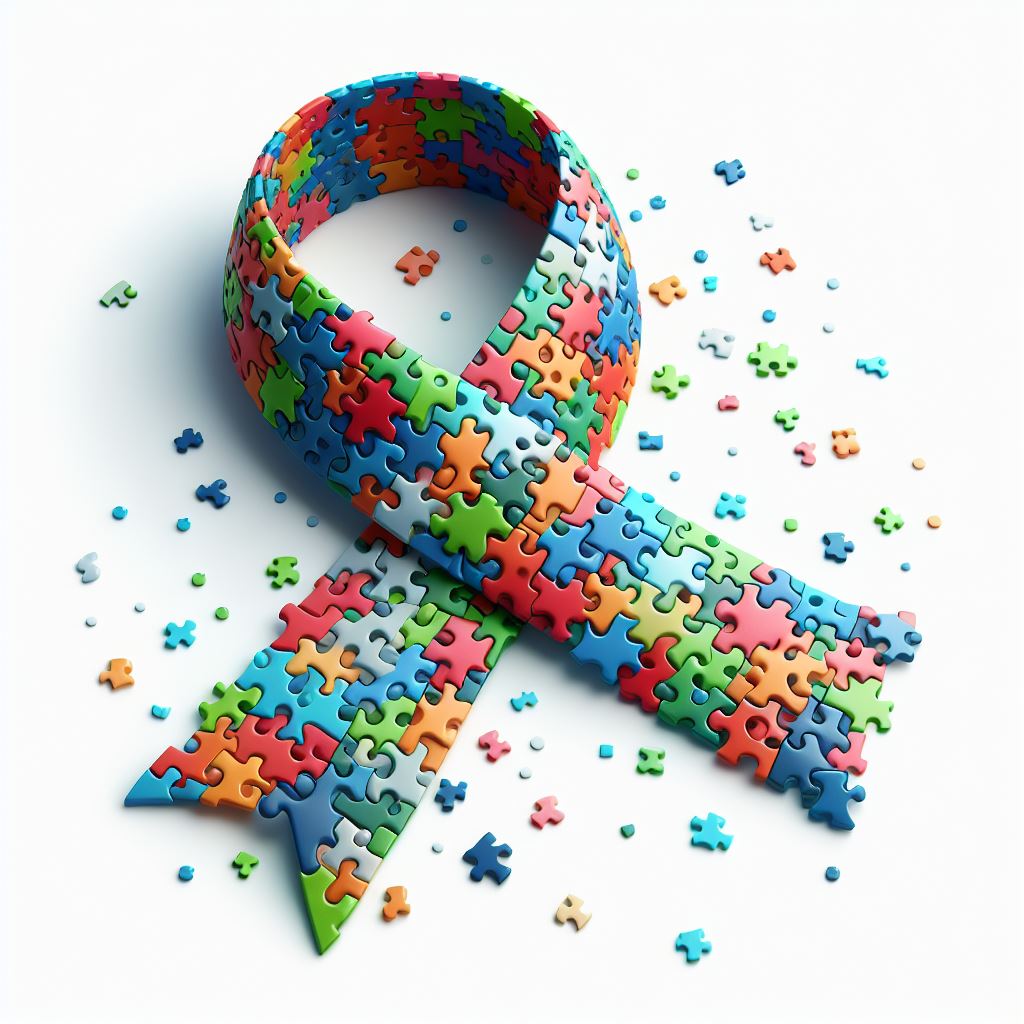Checking Out Autism: Methods for Reliable Interaction and Communication
Efficient communication and interaction with individuals on the autism spectrum necessitate a comprehensive understanding of their distinct needs and choices. The details of these approaches expose further considerations that merit exploration, especially in exactly how they can be adapted to individual experiences and varied contexts.
Understanding Autism Range Problem
Autism Range Problem (ASD) includes a series of neurodevelopmental conditions defined by obstacles in social communication, communication, and recurring behaviors. The term "spectrum" shows the diverse indications and differing degrees of seriousness experienced by individuals with ASD. While some may exhibit substantial disabilities, others might display high-functioning characteristics, enabling for greater freedom in life.
The onset of ASD commonly occurs in early youth, with signs typically well-known by age 2. Very early signs may include postponed speech advancement, restricted eye contact, and difficulties in understanding social hints. The specific etiology of ASD remains vague, study suggests a combination of hereditary and environmental variables plays a crucial function in its development.
As an outcome, interventions and assistance tailored to specific requirements are necessary for promoting communication and social abilities. Identifying the complexity of ASD is essential for promoting recognition, approval, and reliable methods that assist in purposeful interactions with individuals on the range.

Significance of Clear Communication
Efficient communication is important for cultivating understanding and link, especially for people with Autism Range Problem (ASD) Clear communication not just promotes social communications yet likewise enhances the person's ability to reveal their ideas, emotions, and requirements. For people with ASD, the nuances of language can frequently be testing; for that reason, using straightforward and distinct language is necessary.
Moreover, clear communication helps in reducing disappointment and anxiety that may emerge from misconceptions. When messages are communicated in a constant and direct fashion, people with ASD are much better outfitted to analyze information accurately, which can significantly enhance their social engagement and involvement in different setups.
Developing routines and using visual assistances can further strengthen clear interaction. These strategies give people with predictable structures that aid understanding and retention of info. Furthermore, actively being and listening patient during interactions advertises an encouraging atmosphere where people with ASD feel valued and comprehended.
Ultimately, prioritizing clear interaction not just encourages people with ASD yet additionally cultivates more purposeful connections with their peers, caregivers, and the bigger neighborhood, leading the method for joint partnerships and comprehensive communications. - autism
Non-Verbal Communication Methods
Communication extends past words, and for people with Autism Range Condition (ASD), non-verbal cues play a considerable function in interactions. Non-verbal communication strategies can include face expressions, motions, body movement, and eye call, every one of which serve as important components for sharing feelings and objectives.
Understanding and interpreting these non-verbal signals can enhance interactions with people with ASD. As an example, a cozy smile or open pose can create a welcoming ambience, urging engagement. In a similar way, using visual aids-- such as picture cards or icons-- can link communication spaces and aid share messages better.
It is additionally vital to be mindful of individual room, as people with ASD might have various convenience levels concerning distance. Observing their responses to physical closeness can inform ideal changes.

Producing Helpful Atmospheres
Creating a supportive atmosphere is crucial for promoting positive communications and boosting the well-being of people with Autism Spectrum Problem (ASD) Such atmospheres can dramatically minimize anxiety and create a sense of safety, allowing people to express themselves a lot more freely.
To attain this, it why not try here is important to take into consideration sensory level of sensitivities that individuals with ASD may experience. Changing the physical area to include soft illumination, minimal history sound, and comfy seats can produce a soothing atmosphere. Additionally, using constant regimens and clear visual routines can assist individuals prepare for transitions and minimize unpredictability, more promoting convenience.
Social spaces need to be structured to minimize overwhelming stimuli while giving opportunities for interaction in preferred tasks. Facilitating locations marked for silent time can also serve as a haven throughout minutes of stress and anxiety. Importantly, including elements of you could try here choice encourages individuals, allowing them to work out firm in their environment.

Encouraging Social Communications
Promoting social communications amongst people with Autism Range Problem (ASD) needs deliberate techniques that prioritize convenience and engagement. Establishing predictable routines can help in reducing anxiety, making social settings extra approachable. Developing organized atmospheres with specified roles and obligations allows individuals to engage without the overwhelming pressure of disorganized social dynamics.
Incorporating interests and staminas into social tasks can serve as a catalyst for communication. Organizing team tasks around click here to read shared leisure activities or subjects of fascination can help with all-natural conversations and connections. Furthermore, utilizing visual supports, such as social scripts or pictorial timetables, can help in recognizing social signs and assumptions.
Designing appropriate social habits is vital - autism. Peers and adults ought to demonstrate efficient communication strategies, consisting of energetic listening and turn-taking. Role-playing circumstances can also supply a risk-free space for people to exercise these abilities
Last but not least, fostering peer relationships with comprehensive techniques is essential. Motivating inclusive playdates or team trips can produce possibilities for socialization in a comfortable setup. By applying these approaches, caregivers and teachers can significantly boost social communications for people with ASD, advertising their overall social development and wellness.
Verdict
In conclusion, effective communication and interaction strategies are crucial for supporting people with Autism Range Condition. Eventually, these techniques empower individuals with autism to browse social landscapes, promoting their overall wellness and enabling the development of enduring relationships.
Reliable communication and communication with people on the autism range necessitate a thorough understanding of their unique demands and choices. Clear communication not only assists in social communications but likewise boosts the individual's capacity to reveal their requirements, emotions, and ideas.Promoting social interactions amongst people with Autism Range Condition (ASD) needs deliberate approaches that prioritize convenience and involvement. By carrying out these teachers, caregivers and strategies can dramatically improve social communications for individuals with ASD, advertising their overall social growth and health.
In verdict, efficient communication and interaction strategies are necessary for sustaining people with Autism Spectrum Problem.